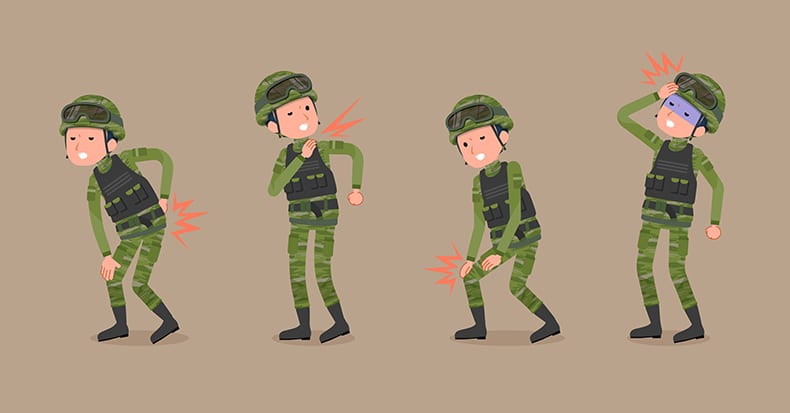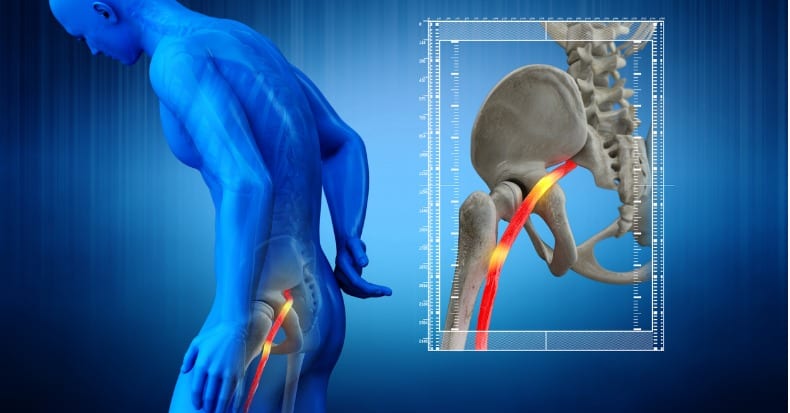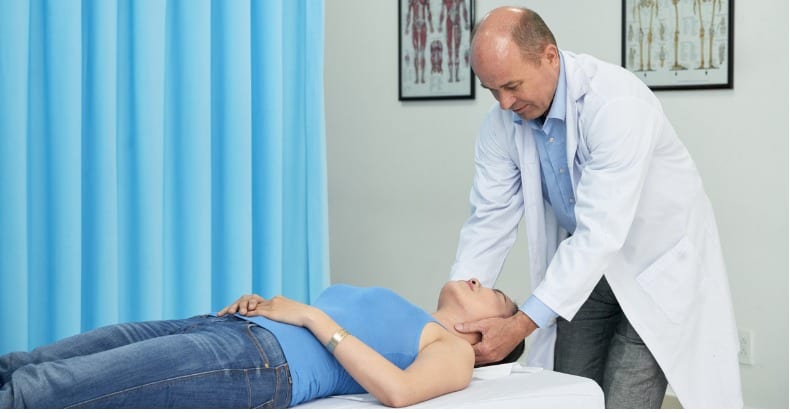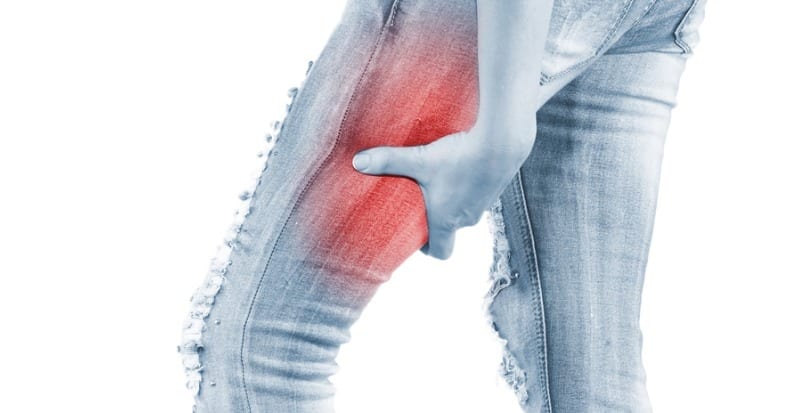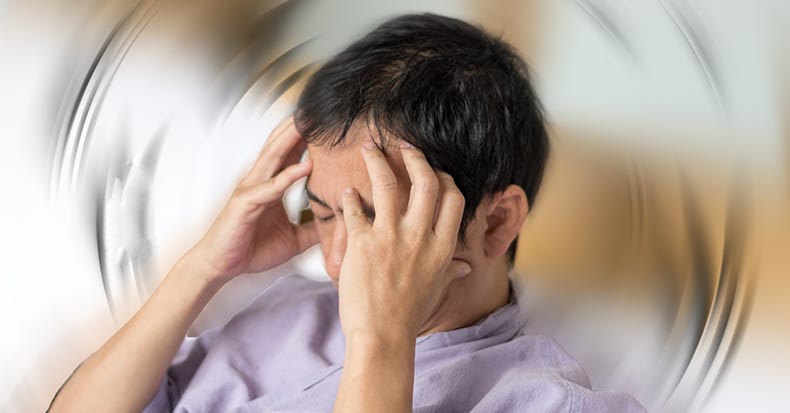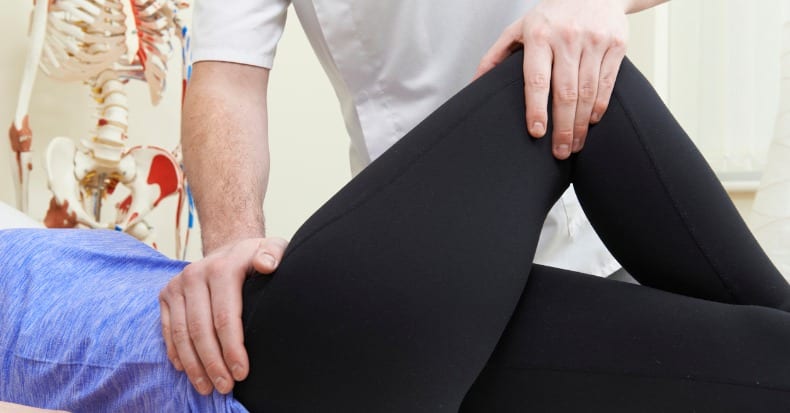Newest Articles
Important Numbers
Members of our military and military veterans are plagued with musculoskeletal pain problems:
2007 (1) - An analysis of United States Navy Physical Evaluation Board data between February 2005 and February 2006 indicated that musculoskeletal diagnoses were frequent (43%), with back pain (29%) being the most common musculoskeletal diagnosis.
2008 (2) - There [..]
The roots of the sciatic nerve exit the spine through several levels in the lower back, join in the buttock region, and travel down into the lower extremities. When pressure is applied to the sciatic nerve in the lower back area, it can generate pain and other sensations down the nerve into one of the [..]
Doctors of chiropractic often approach neck pain with manual therapy as the primary form of treatment. However, there are several types of manual therapy, including high velocity, low amplitude (HVLA) thrust manipulation; mobilization; and/or soft tissue techniques. Is one type of manual therapy superior when it comes to managing neck pain? What does the research [..]
In addition to manual therapies and specific exercises to relieve pressure along the course of the median nerve as it passes through the wrist and elsewhere, doctors of chiropractic may utilize other high- and low-tech tools to manage the condition:
Electric stimulation (e-stim) directs an electric current via electrodes placed on the skin over or [..]
Chronic hamstring strains are more difficult to diagnose because the pain (in the hip region and deep in the buttocks and upper thigh) comes on gradually and is aggravated by repetitive activities like running, rowing, or biking and worsens with prolonged sitting. Hamstring injuries become chronic when a damaged or torn tendon fails to properly [..]
While many cases of whiplash that result from a motor vehicle collision (MVC) have a successful outcome, some experts estimate that up to 25% of whiplash patients will experience chronic pain and disability. Several studies have sought to identify characteristics that differentiate these individuals from those who recover so that additional treatment can be offered [..]
Benign paroxysmal positional vertigo (BPPV) is a common cause of vertigo, or dizziness, that is associated with movement of the head (though some motions may be more problematic than others) that goes away when movement ceases. Essentially, BPPV is caused by crystals becoming displaced within the semicircular canals (inner ear), which causes eddy currents in [..]
The Potential Benefits of Spinal Manipulation for thoseSuffering the Symptoms of Concussion and the Post-Concussion Syndrome
Mild traumatic brain injuries are also known as concussions. It is estimated that these injuries have a prevalence of 3.8 million per year in the United States (1). In the majority of patients sustaining a concussion, symptoms resolve within [..]
In addition to neck pain and back pain, patients seek chiropractic care for many musculoskeletal conditions, including groin pain. Pain in the groin area can emanate from a myriad of causes from issues involving the reproductive organs, the renal/urinary system, the lymph glands, a pelvic flood disorder, a hip joint condition, and even a lumbar [..]
In normal head and neck posture, the center of the shoulder joints are located vertically in line with the bottom of the mastoid processes (the bone just behind the bottom of the ear at the base of the skull) while the muscles on the posterior (or back side) of the cervical spine (neck) act to [..]
While the primary driver for carpal tunnel syndrome (CTS) may sometimes be hormonal changes (hypothyroid, pregnancy, or birth control use), type 2 diabetes, or an inflammatory condition (rheumatoid arthritis, psoriatic arthritis, or gout), many patients’ hand and wrist symptoms are caused by musculoskeletal issues that place pressure on the median nerve or restrict its motion. [..]
Shoulder instability (SI) occurs when the soft tissues (joint capsule, ligaments, and labrum) that hold the humerus in the shallow ball-and-socket glenohumeral joint become stretched, torn, or detached. When these tissues are damaged, the resulting shoulder instability is characterized as structural. If instability is caused by abnormal muscle activity that places too much or too [..]
